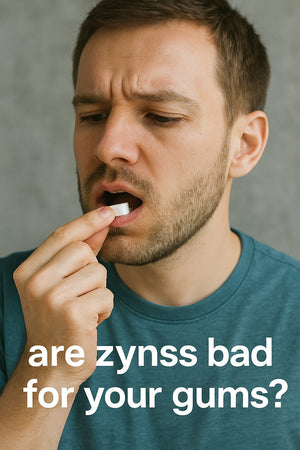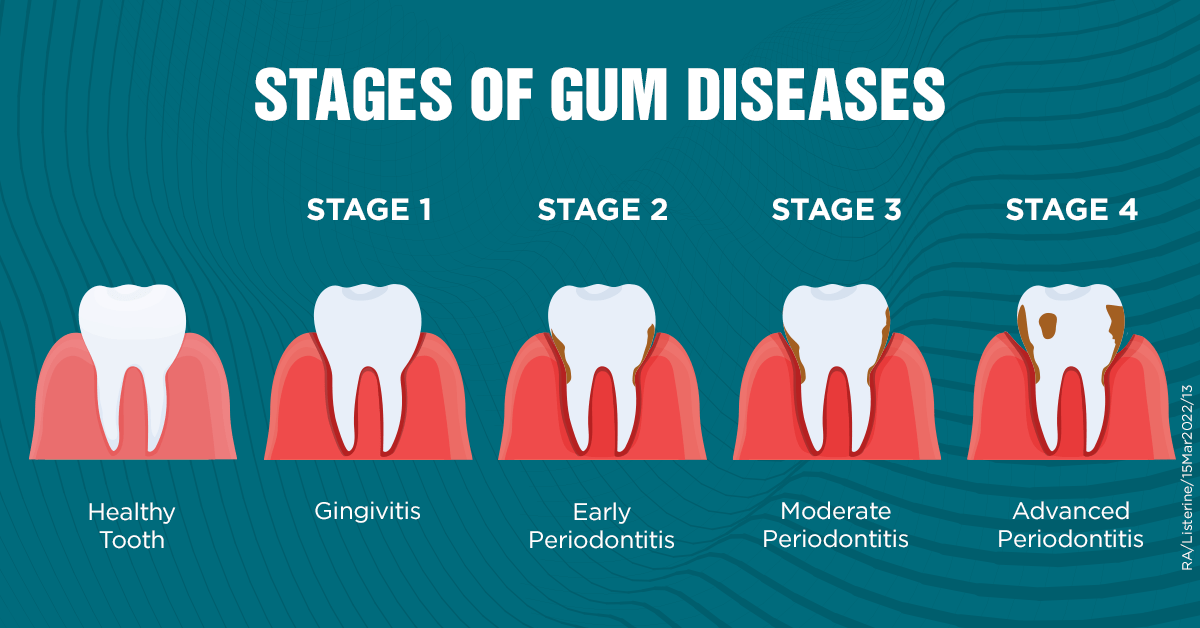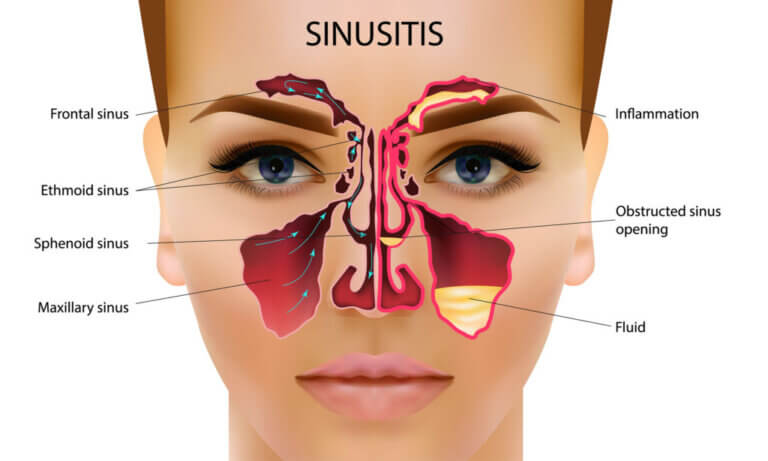Gums. Not exactly dinner-table conversation. But, speaking honestly; they're kind of the frontline soldiers of your mouth. And when they get inflamed? It’s not just a little bleeding after flossing or an annoying ache when you sip your morning coffee. That’s your body flashing a red warning light.
And long story short, gingivitis is an infection that when left unchecked, slowly trashes your smile from the ground up. But the question is: Is Gingivitis contagious? You’ll get the answer in a bit.
Now, you might be here because someone told you gingivitis can be “caught” from kissing or sharing a spoon. And now your brain is spinning like, Wait - did I catch this from my partner? My toddler? That one time I sipped from a friend’s water bottle because I forgot mine at yoga?
Breathe. But also - pay attention.
While gingivitis doesn’t exactly leap between people like the flu, it’s also not some self-contained issue that politely minds its own business. It’s a bacterial problem. And bacteria? They travel super fast.
So, Is Gingivitis Contagious Or People Are Simply Paranoid?
Can gingivitis be transferred as most people might think about it? Yes and no. Confused? Let us explain.
Gingivitis itself isn’t contagious in the traditional, cover-your-mouth-and-wash-your-hands kind of way. But the bacteria that cause it absolutely are. And they travel fast.
Let’s shed light on Porphyromonas gingivalis,Treponema denticola and their small party of microbial miscreants. These bacteria love plaque; which is a slimy biofilm that accumulates on the surface of teeth due to improper brushing, or simply, neglecting oral health.
And guess what? Those bacteria don’t just chill in your mouth. They hitch rides. Through saliva. Which means…
- Kiss someone with gingivitis? You might get a free bacteria sample.
- Share utensils, straws, or toothbrushes with someone who has gum disease? That’s a bacteria buffet.
- Blow on a baby’s food when you’ve got poor oral hygiene? Bacteria go airborne.
Everyday Habits That Might Be Spreading It Without You Knowing
Let’s throw open the bathroom cabinet for a second. Because some of the most innocent things you do daily?
They’re like welcome mats for oral bacteria.
- Sharing drinks: Yes, even that one innocent sip from someone else’s smoothie.
- Kissing: Sorry, lovers. Saliva-swapping is prime bacterial real estate.
- Not replacing your toothbrush: That brush can turn into a bacteria hotel after a few months.
- Using your fingers to clean your teeth when no floss is handy: Nice try, but you might just be moving bacteria around like a DJ on a turntable.
All of this is a long way to say: if you’re wondering “is gingivitis contagious”, the answer is somewhere between “not quite” and “don’t be reckless.”
Who’s Most at Risk of Catching Gingivitis?

Gum disease doesn’t have a type. It’s not just the guy who hasn’t flossed since 1998. There are entire categories of people more likely to be affected:
Couples: Partners that have long-term relationships may swap oral flora. Love can be blind but not bacteria proof.
Families: Particularly those in which children and adults are in direct contact (and, indeed, even toothbrushes are shared).
The Immunocompromised: You may be too occupied by something that the immune system is combating, so those oral bacteria would pounce.
Pregnant Women: The hormones involved during pregnancy may increase sensitivity and vulnerability of gums to inflammation.
Individuals who have bad oral health: It goes without saying, but still, it should be mentioned.
You don’t need to live in a germ-free bubble. But you do need to take gum disease self-care seriously. Because while you can’t always control exposure, you can absolutely control how well your mouth defends itself.
Can You Reverse Gingivitis - Or Does It Just Get Worse?
Good news first: gingivitis is reversible.
Bad news? Most people don’t realize it’s happening until it starts digging in. By then, it’s already flirting with periodontitis; the more aggressive cousin that leads to bone loss, receding gums, and yes, missing teeth.
So, you’ve got two choices:
- Treat it while it’s still just inflammation.
- Ignore it and prepare for deeper, more expensive dental drama.
How do you treat it effectively? Basic oral hygiene, yes. But here’s where gum disease self-care goes next-level: you need something that actively soothes inflammation, fights bacteria, and helps rebuild gum health from the inside out. This is where your toothbrush needs a partner - one that doesn’t rely on synthetic chemicals.
What Most Mouth Routines Miss: And What Actually Helps
You can brush twice a day and still deal with gingivitis. Why? Because your mouth is an ecosystem, not a single surface.
Most Toothbrushes Don’t Go the Distance
Even the costliest toothbrush won’t do you any good if you are not brushing the gum line. The majority of us simply scrub our teeth without paying a single bit of attention to the sensitive cavity between the gum and the enamel, the one where bacteria particularly adores to nest.
Floss Isn’t Optional - And Water Flossers Aren’t Magic
Don’t buy the hype: just because a device shoots water at high speed doesn’t mean you’re clean. Water flossers help, sure, but they don’t replace the good old-fashioned tactile pressure of floss. And don’t even get me started on people who think flossing once a week before a dentist visit counts as regular hygiene. It doesn’t.
Mouthwash: Helpful or Harmful?
Here’s the problem - most people think if it burns, it must be working. That’s outdated nonsense. Yes, mouthwashes containing alcohol feel amazing after use. But they don’t do much when you’re suffering from gingivitis. Truth be told, they can affect your natural flora and actually encourage the bad bacteria to regroup!
So What Actually Helps?
A good gum disease self-care routine targets multiple levels:
- Physical removal of plaque with a toothbrush that gets under the gum line.
- Interdental cleaning with floss or picks.
- Rinsing with a non-alcoholic antibacterial solution.
- And finally, applying a therapeutic treatment that works like skincare for your gums.
The Underestimated Power of Targeted Treatment
Our gums are sensitive and they need a different kind of care. You need natural botanical remedies containing neem, omega-rich oils, and cloves because they penetrate, cut down inflammation, and rescue your gums to the edge.
Is gingivitis contagious? Maybe not in the classic sense, but the effects definitely ripple out. And when people overlook the depth of their oral routine, that’s when bacteria throw a party. Upgrade your routine, and your gums will thank you.
The Natural Way to Reinforce Gum Health Without Side Effects
Most mouthwashes come with a warning label. Alcohol-based. Burning. Drying. Chemical-laden. It’s the equivalent of using a flamethrower to kill an ant. Sure, it works - but at what cost?
A more advanced approach to gum disease self-care involves natural oils and botanicals. Not because it sounds cool on the label, but because the ingredients have been used in traditional oral care for centuries.
Neem and clove aren’t new. They’re just finally getting the clinical spotlight they deserve. Combine them with anti-inflammatory omega oils and what do you get? A restorative, preventative solution that actually feels like it’s helping; not harming.
This is where a product like The Goodbye Company Gum Disease earns its stripes. It’s not a breath freshener. It’s a full-on gum health partner. If your gums are bleeding, receding, or reacting badly to hot or cold food - this oral health solution can do wonders for you.
Why Natural Oils Aren’t Just a Trend
Clove oil isn’t just to sit in your spice cabinet - it’s a heavy hitter when it comes to antimicrobial action.
Neem? It's basically the OG of oral care in South Asian traditions, with antibacterial, antifungal, and anti-inflammatory benefits that modern research is finally catching up to.
Then you’ve got Omega 3 and 9 oils. These aren’t just good for your joints and skin. When applied topically to the gums, they help reduce tissue inflammation and improve healing. Not to mention, they add a nourishing, lipid-based layer that helps protect against bacterial reinvasion.
A Routine That Doesn’t Feel Like a Chore
We get it; flossing isn’t an activity that we love to start our day with. But when it begins to show visible improvements, it doesn’t feel like a task but a necessary chore we can’t deny. No dry-mouth burn, no chemical aftertaste. Just a clean, nourished, soothed feeling that makes you want to smile more - which, by the way, helps oxygenate the gums and support healing too.
So if you’re serious about gum disease self-care, it might be time to retire the chemical cavalry and recruit some plant-based allies instead. Because while the question is gingivitis contagious is still circling your mind, the answer might not matter as much if your oral defenses are already way ahead of the game.
When to Worry, When to Act, And When to Chill
Look, not every red spot on your gums means you’ve got a raging bacterial invasion. Sometimes you just floss a little too aggressively. But here are the signs that it’s time to stop guessing and start acting:
- Bleeding when brushing or flossing
- Red, swollen, or tender gums
- Persistent bad breath
- Receding gum line
- Sensitivity to temperature or pressure
If these sound familiar? Don’t wait. Don’t schedule a cleaning two months from now and hope for the best. Begin a real, consistent gum disease self-care routine today.
And if someone in your household is showing similar signs? Now you really need to ask yourself: is gingivitis contagious, and am I taking enough steps to keep my mouth protected?
Final Thought: You Can’t Always Control Bacteria, But You Can Outsmart It
Honestly speaking, bacteria are everywhere. They’re in your mouth, your partner’s mouth, your kid’s sticky fingers, your phone screen, your reusable straw. Avoiding exposure is impossible. But being unprepared? That’s a choice.
So, is gingivitis contagious? Yes - in its own sneaky, indirect way. But panic isn’t the solution. Preparation is.
Arm your mouth with the right tools. Eat better. Brush smarter. And incorporate a natural, science-backed solution that goes beyond just “freshening” your breath. Something that targets the root of the problem - inflammation, bacterial overgrowth, and weak gum tissue.
So go ahead. Ask your dentist: is gingivitis contagious. Then smile quietly to yourself, knowing you’ve already taken the smarter path by using one of the best gum disease oral solutions by the Goodbye Company.
And if your gums are already crying out for help? Well… now you know exactly what to reach for.














